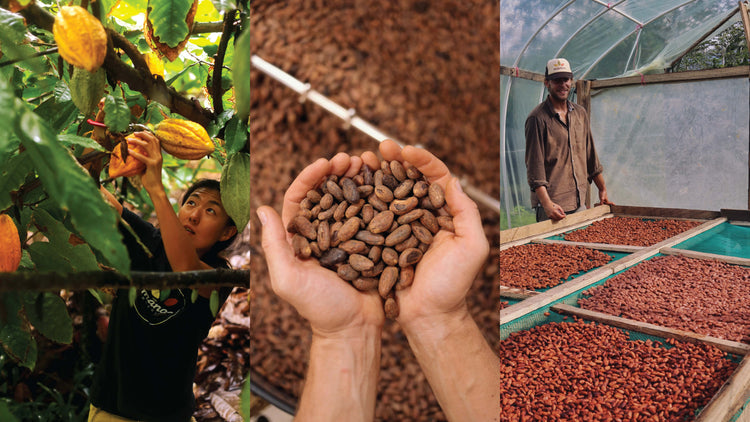You can't make quality chocolate without quality cacao. For this reason we only work with the best cacao farms in the world. We strive to have direct trade relationships with each farm, and prioritize agricultural practices based on positive social and environmental impact. Rather than having middle men from the farm to the factory, we want to be able to compensate our farmers directly, call them on the phone, and proudly showcase their process to our customers. This assures that the cacao we buy is of the highest quality, and is the only way to know for certain that it’s been sourced ethically.
Below you'll find our very own Hawaiʻi based farming operations, as well as the farms we work with.
Our most coveted Hawaiʻi based farms, operated in partnership by Mānoa Chocolate. This means we are involved with the entire process, from the farm to the factory.

kamananui
Kamananui Estate represents a partnership between Cacao Services Inc. and Mānoa Chocolate. Kamananui cacao grows in an agroforest with other tropical fruit and hardwoods. The orchard was carefully designed to help our trees thrive on the North Shore of O’ahu. Set in the foothills of Mount Ka’ala, our island’s tallest peak, Kamananui hosts a rich diversity of cacao genetics, while also acting as a principal hub for cacao breeding in Hawai’i.
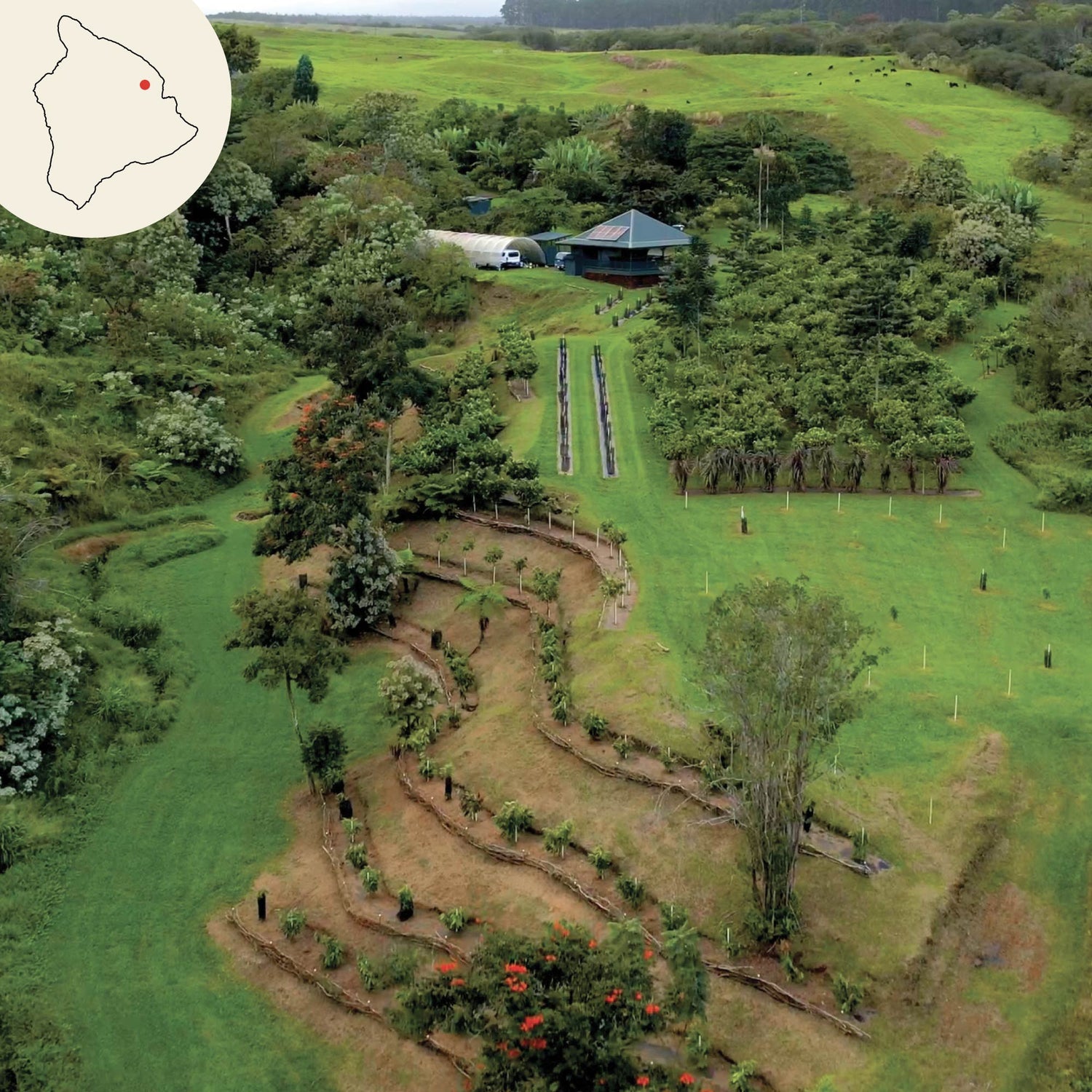
HONOLIʻI
Honoli‘i Orchards is a multi-generational family farm located on the windward slopes of Maunakea, Hawai‘i Island’s tallest volcano. This region is defined by abundant rain-fall, deep volcanic soil, and a dynamic terrain shaped by the Honoli‘i Stream. Farm manager, Colin Hart, is an agricultural specialist with a masters degree in cacao from the University of Hawai‘i. Since 2019, Mānoa Chocolate has collaborated with Colin to establish both a thriving farm and center for cacao research and education within the state.
We’ve had the pleasure of watching these Hawai'i based cacao farms grow and improve with us over the years. The hard work of these farmers has put our Islands on the map as producing some of the best cacao in the world. Hawaiʻi farms are still scarce, making Hawaiian cacao beans some of the most expensive and exclusive. We are one of only a few chocolate makers to have the privilege of crafting this cacao into chocolate.
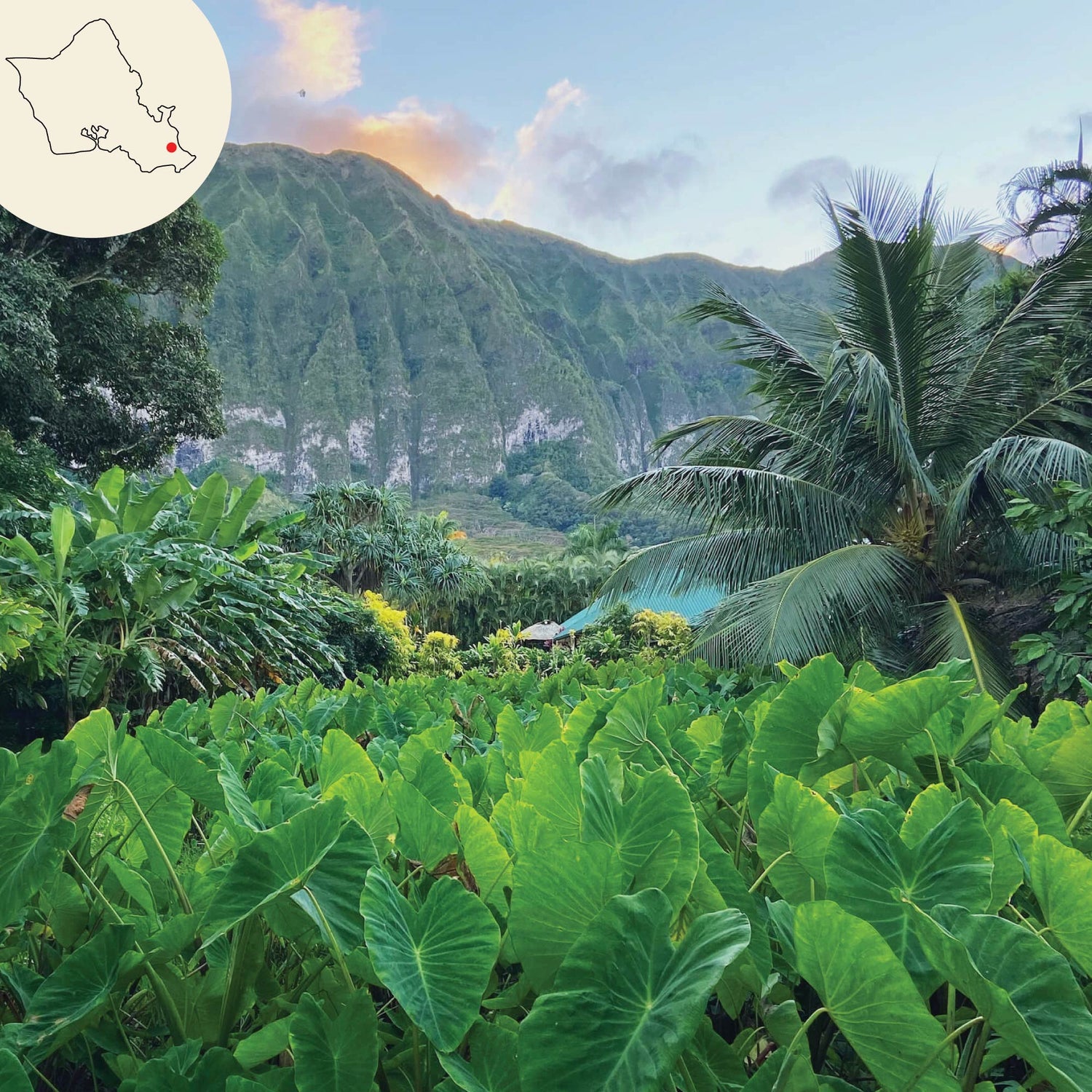
waimānalo
Waimānalo is a small town just 15 minutes from our Kailua based factory. The verdant Koʻolau mountain range towers over the largest beach on Oʻahu, making for an epic combination of mountain, jungle and ocean. This region is home to three cacao farms. We’ve collaborated with these farms for many years, treating the trees like our own, and helping to select genetics based on fine flavor. In 2021, as the farms reached maturity, we had enough cacao to make the first ever single origin Waimānalo bar.
Even with fantastic seasons, we barely cross the threshold to bring this bar into existence. Compared to other single origin bars, this is the smallest batch of chocolate we make all year. While the scarcity of this chocolate (and Hawaiian chocolate in general) is real, we are actively working on improving the scale of Hawaiian grown cacao.
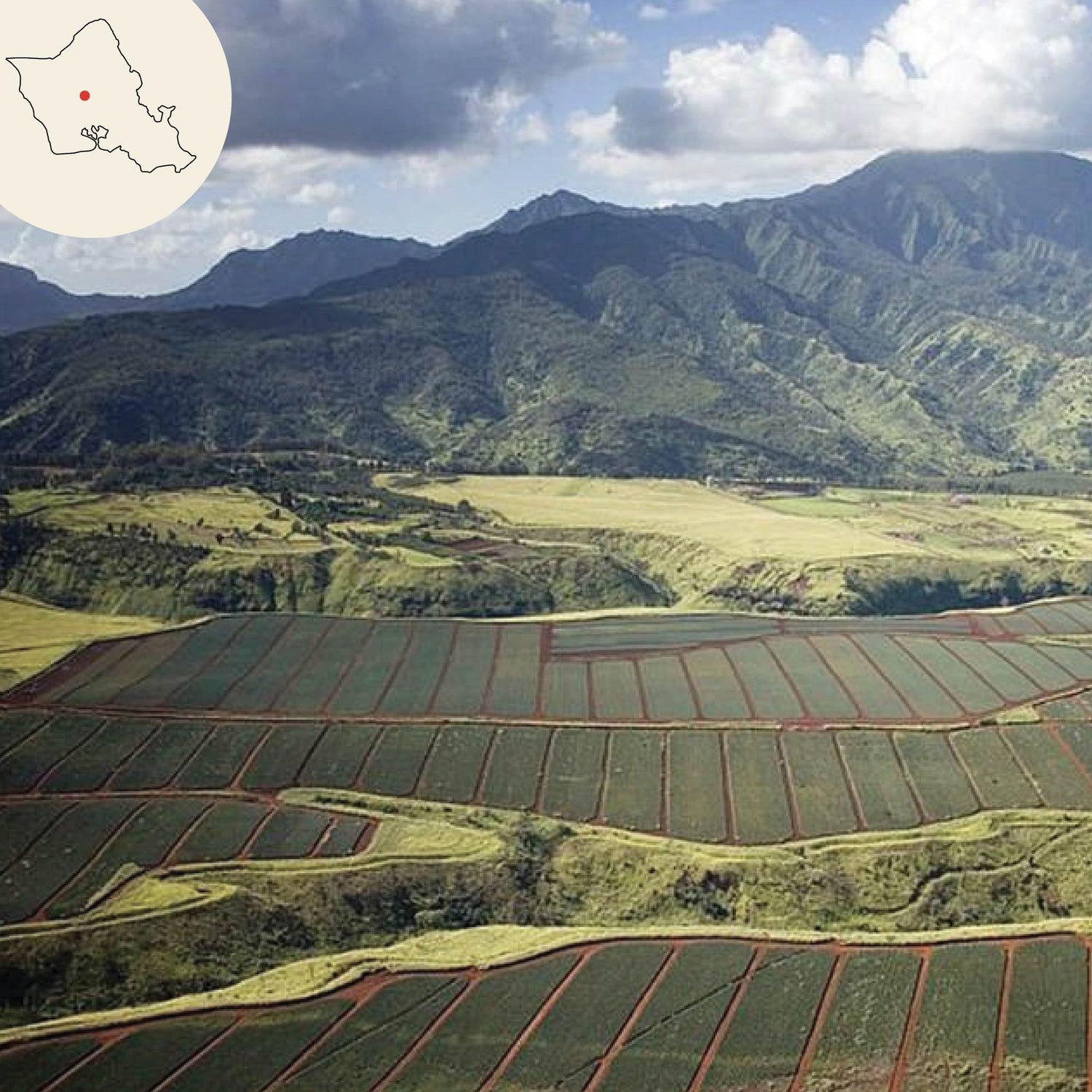
MILILANI
This diverse 97 acre farm hosts crops of breadfruit, banana, avocado, taro and 10 acres of cacao. Their first ever cacao harvest occurred in late 2019 as the trees turned three years old. The chocolate produced from this Estate is some of the most bright and fruity we've ever made.
Located in Central Oʻahu, the climate of this farm is hot and dry. These conditions are technically unfavorable to cultivate cacao. The cacao tree is endemic to rainforest conditions, thriving under the canopy of other trees. With that said, proper irrigation and fertilization help these Mililani cacao trees bare the heat well. We theorize that these stressful growing conditions contribute to Mililani's potent fruity notes.
Our first ever batch of this chocolate won multiple awards, including gold for Best Dark Chocolate at the prestigious Chocolate Alliance Awards.
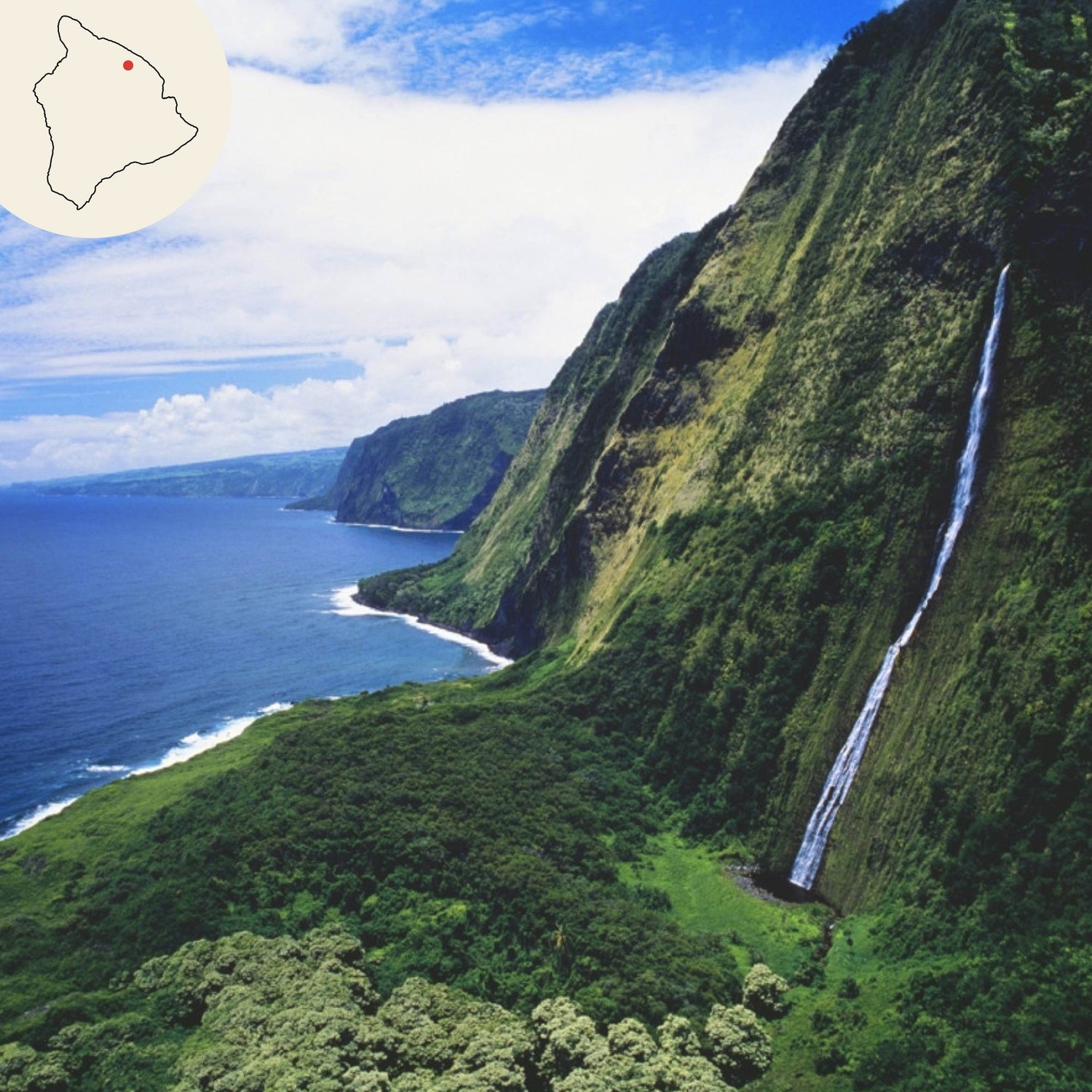
Nīnole
The Hawaiian cacao in this single origin chocolate bar comes from Nīnole Cacao, located on the lush Hamakua coast of Hawaiʻi Island. This seven acre orchard was established in 2019 and hosts about 2000 cacao trees. The first harvests began in the summer of 2022.
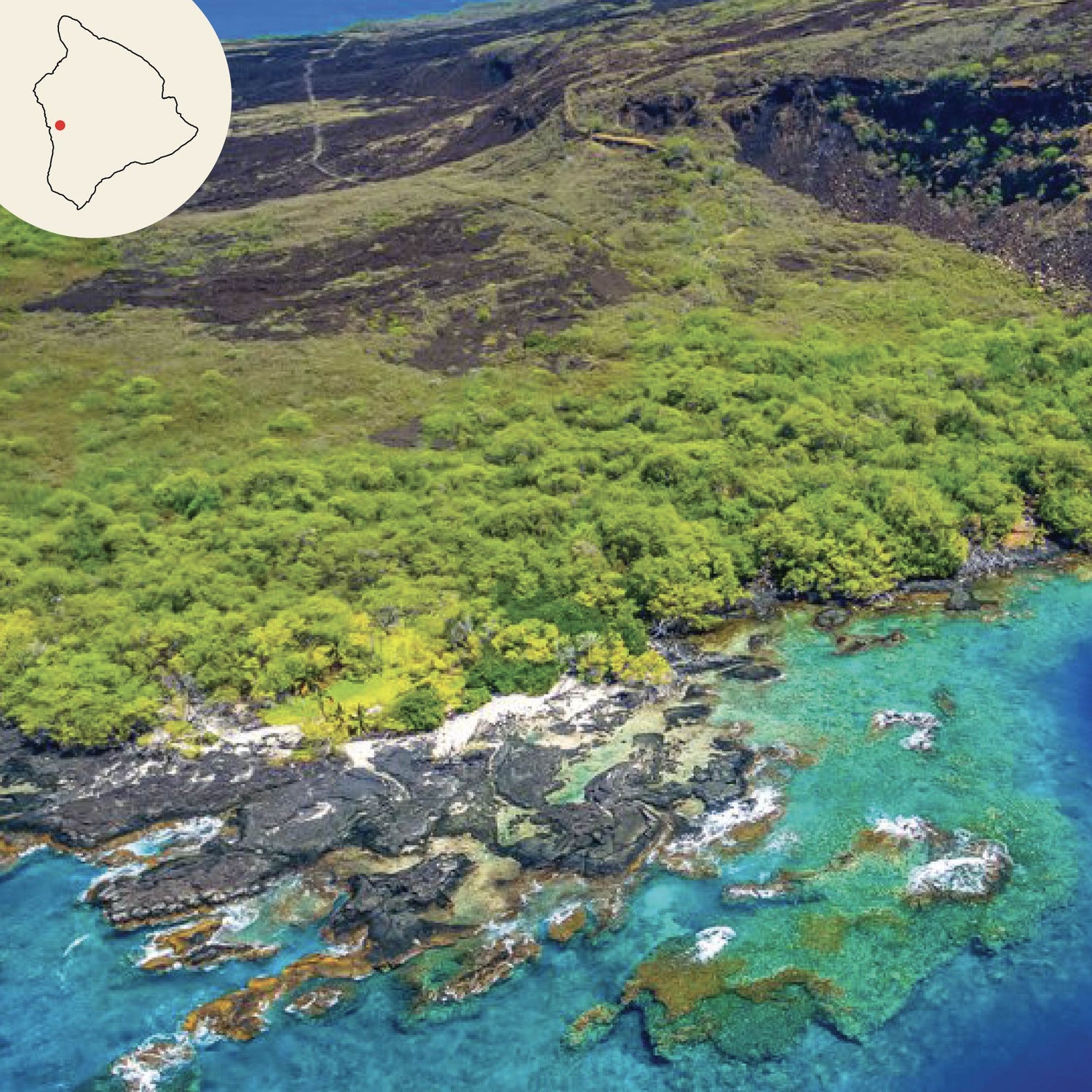
KEALAKEKUA
Located on the west side of Hawaiʻi Island (the Big Island), Kealakekua is hot and dry. Normally, cacao trees would be unable to survive the harsh lava field conditions, but with irrigation they thrive. The cacao of this chocolate bar is farmed, fermented and dried by Ken Melrose at Primavera Farm.
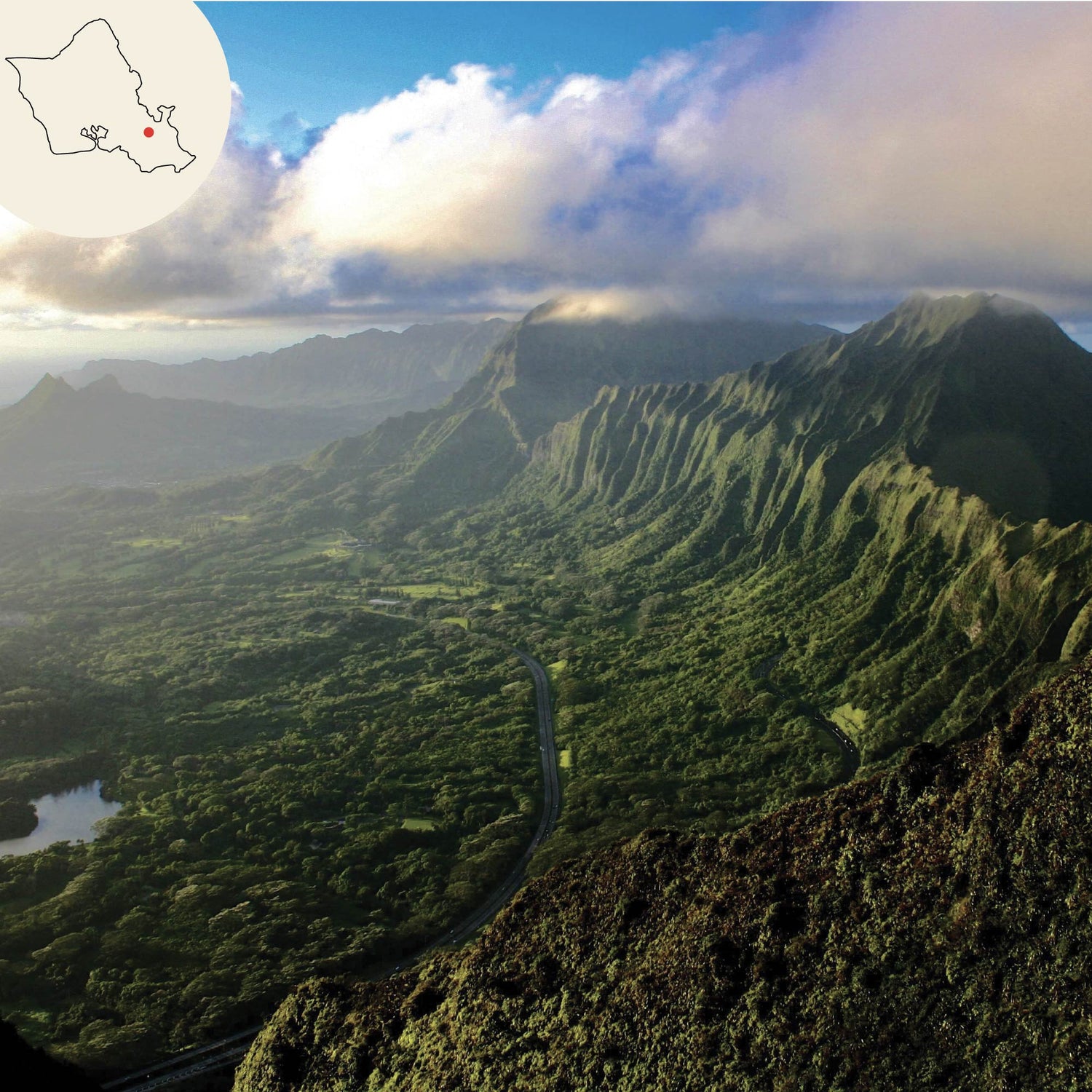
Ko'olaupoko / kahalu'u
Koʻolaupoko represents a windward region of O’ahu stretching from Waimanalo to Kualoa. Ben Field of Mapele Fields collects cacao beans from small-holder farms across the Ko’olaupoko region. They are then centrally fermented and dried at his farm in Kahaluʻu.
Field is a Hawaii nursery man born and raised in Kahaluʻu valley. For years he has encouraged neighbors and friends to plant cacao trees across the Koʻolaupoko region. In 2017 his business Mapele Fields launched new services for start-up cacao farmers where they supply everything from grafted seedlings to planting, harvesting, and fermentation support.
His hard work has paid off. Between his own Kahalu'u farm, and the cacao he processes for others, he’s Mānoa Chocolate’s second largest supplier of fine Hawaiian cacao.
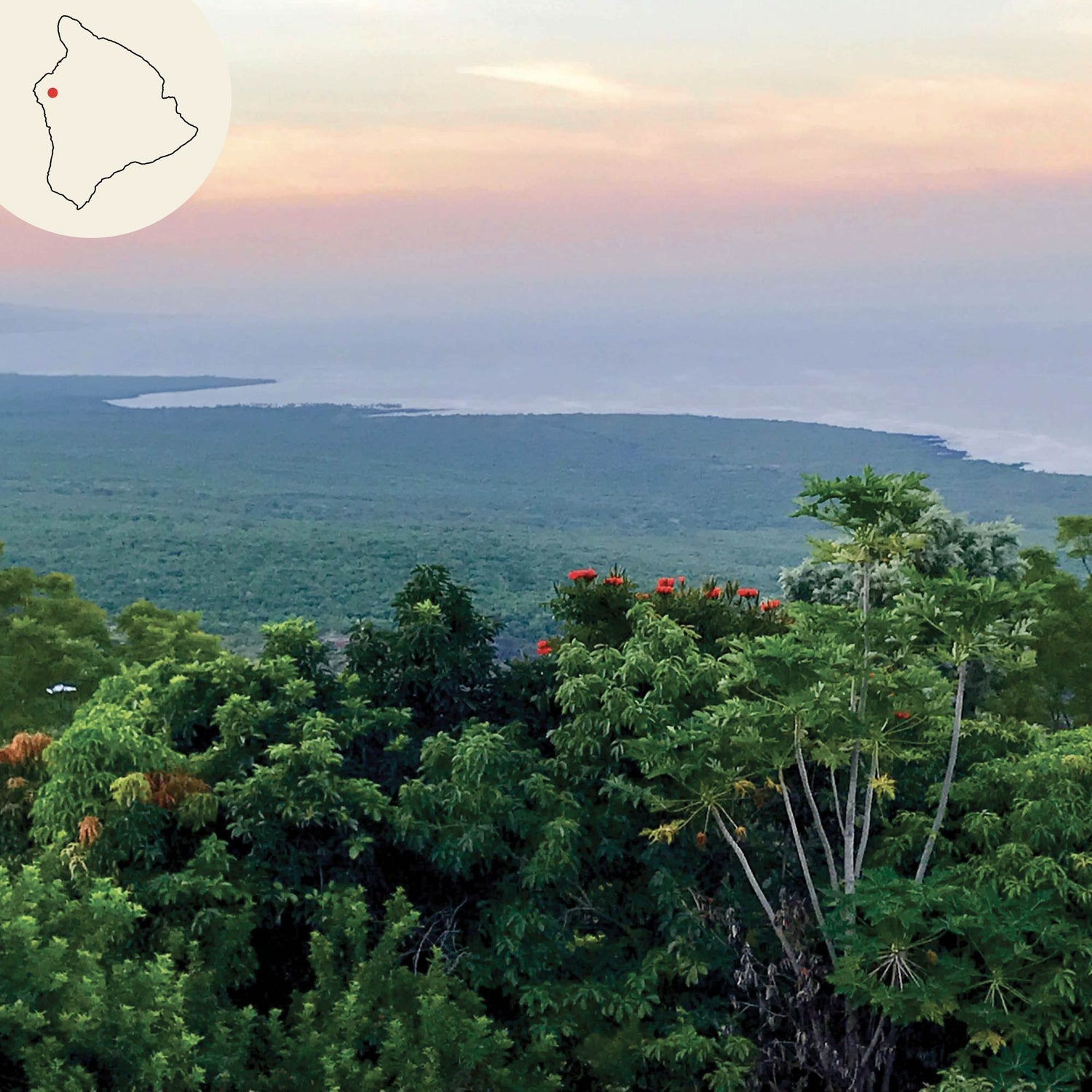
KONA
The Likaʻo Kula Farm in Kona is one of our oldest sources of Hawaiian cacao. They have always been a reliable source for some of the highest quality beans in Hawaiʻi. In 2017 at one of the largest chocolate festivals in the world, the Salon Du Chocolat in Paris, these Hawaiian grown beans won top 15 best flavored cacao in the world.
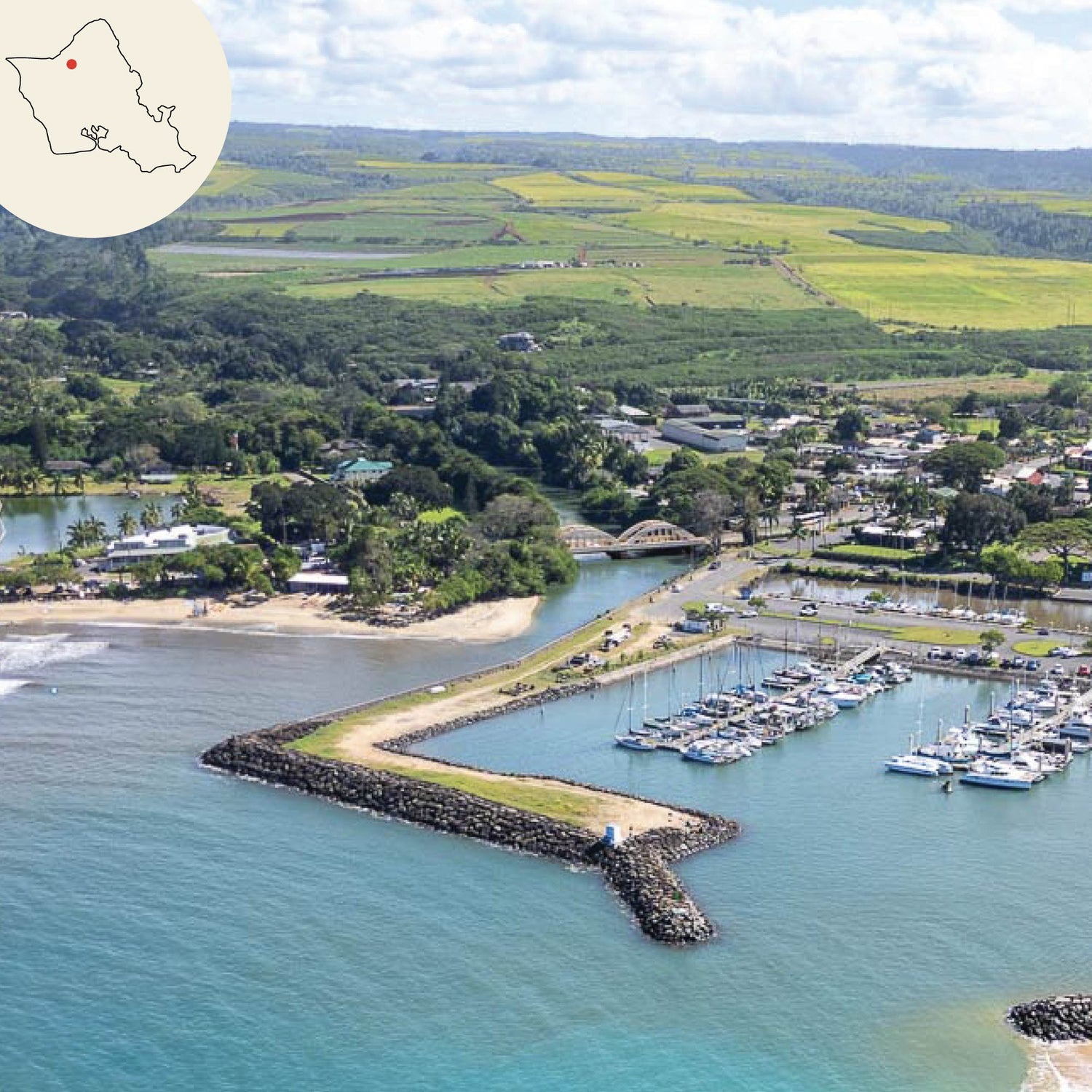
hale'iwa
This small town on the North Shore of O’ahu has a long agricultural history. Hale’iwa began as a plantation town in the late 1800s and has managed to maintain both a level of agricultural relevancy and historical charm. Much of the land surrounding Hale’iwa remains country land, resting empty after the fall of the sugar cane and pineapple boom from the late 19th century to the mid 20th century. The opportunity within this land has made it a hub for modern day agriculture in Hawai’i—including thriving cacao farms, from which we source for this single origin bar.

waiāhole
Brothers Charlie and Paul Reppun have about 100 mature cacao trees on their agriculturally diverse farm in Waiāhole Valley. Farming there since the 1970’s, the brothers are community leaders for responsible resource management and local food production. We make this limited edition chocolate bar just once a year.
We've scoured the globe for the best cacao in the world. These origins have been selected for their outstanding missions, attention to detail, and fine flavored cacao beans.

COSTA ESMERALDAS, ECUADOR
This Ecuadorian cacao farm is owned and managed entirely by the Salazar family, who have a long agricultural history in Ecuador. The Salazars reclaimed 100 hectares of cattle pasture in Atacames to establish this single estate. Working in partnership with the University of Costa Esmeraldas, they selected the best tree clones for fine flavor and high yields.
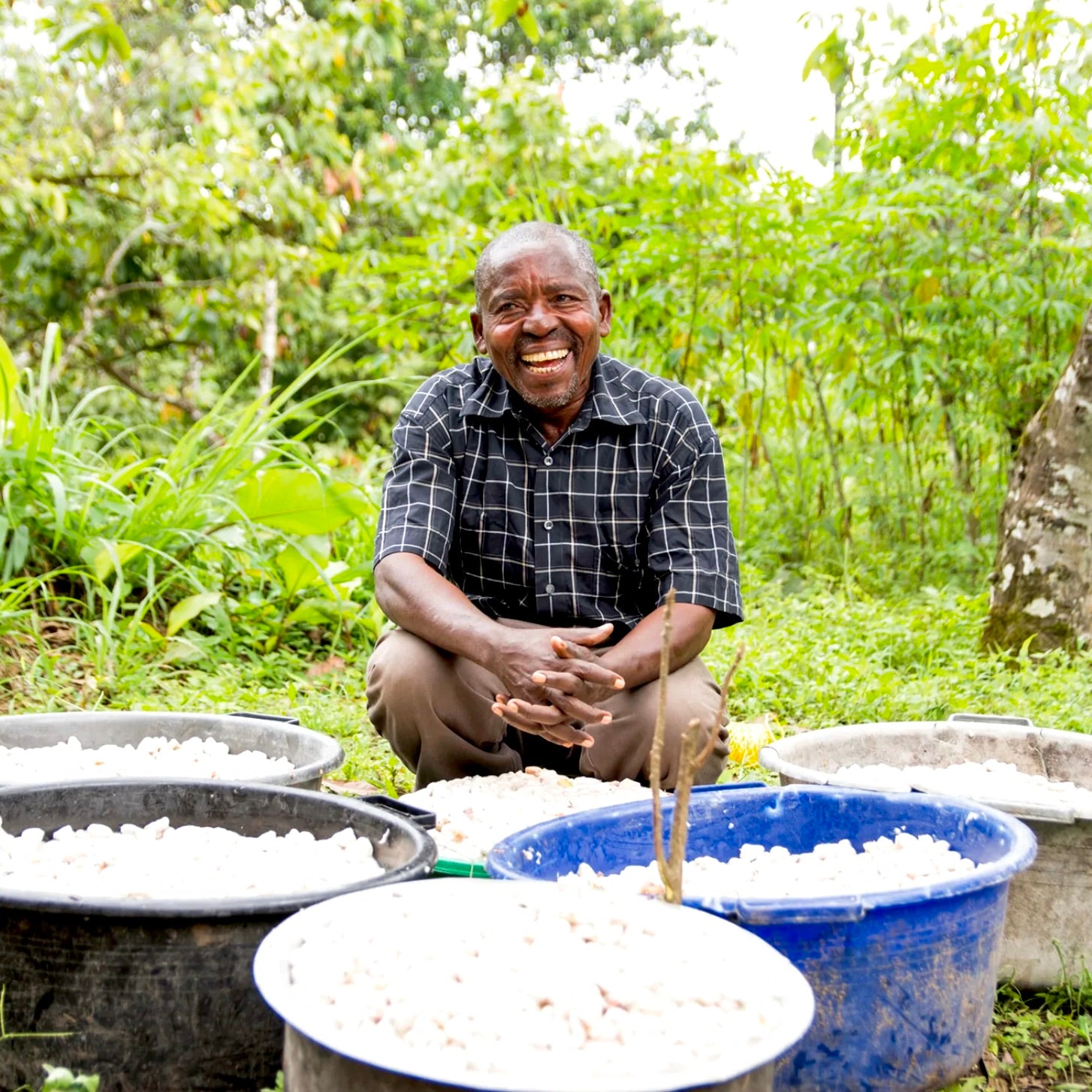
semuliki forest, Uganda
This operation, managed by Latitude Trade Co, uses certified organic wet cacao from thousands of smallholder farmers in Bundibugyo region of Western Uganda. Cacao beans are purchased at well above market rate and fermented and dried at one facility. This system of centralizing post-harvest handling helps to improve quality and consistency across harvests.
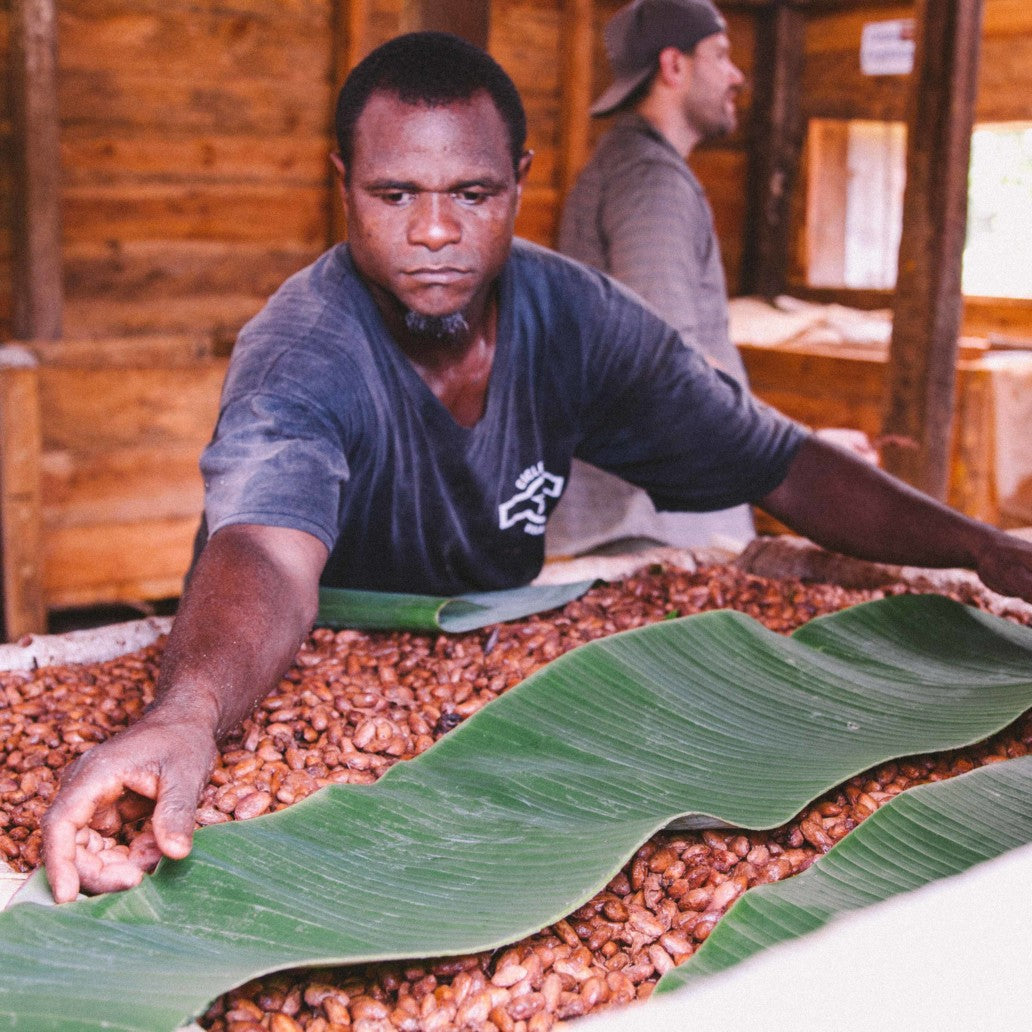
Zorzal, dominican republic
From their 1,019 acre bird sanctuary in the northern mountains of the Dominican Republic, Zorzal produces organic cacao while creating conservation solutions. Through their reforestation efforts, they’ve transformed hundreds of hectares of baron pasture land into a thriving forest. Set under the shade of diverse hardwood and fruit trees, they plant cacao trees carefully selected for their flavor characteristics.


